15 Old-Fashioned Frugal Lessons From Our Grandparents That Still Work
Grandparents often lived through leaner times that required clever money-saving skills. Many of those habits still hold up today and can be surprisingly effective in lowering costs. These old-fashioned lessons may feel simple, yet they carry practical value that works just as well now.
Cooking From Scratch
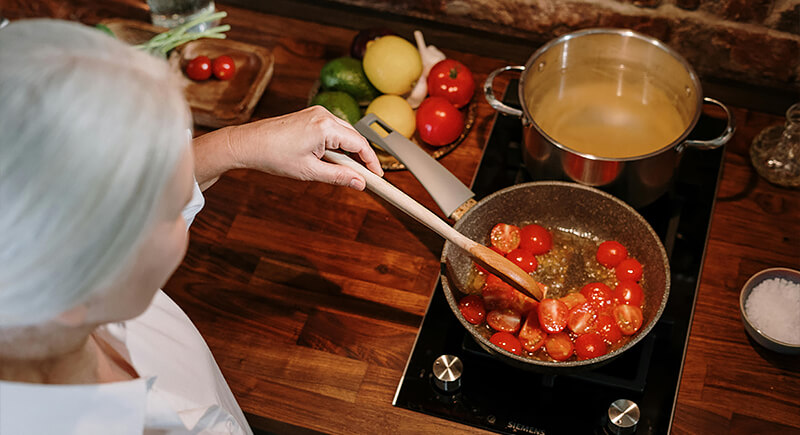
Credit: pexels
Meals started with whatever produce was in season. Restaurants were rare treats. Cooking this way remains cost-effective, and the USDA estimates home meals run several times cheaper than dining out. Learning a handful of hearty recipes—soups, stews, breads—pays off in lower bills and healthier plates.
Repair Before Replacing

Credit: pexels
Throwing away damaged clothing or household items wasn’t common practice decades ago. Grandparents stitched socks and glued broken handles. Even small repairs extended the life of belongings. Learning basic fixes or paying a tailor still costs less than buying replacements. It also reduces waste.
The Pantry Stockpile
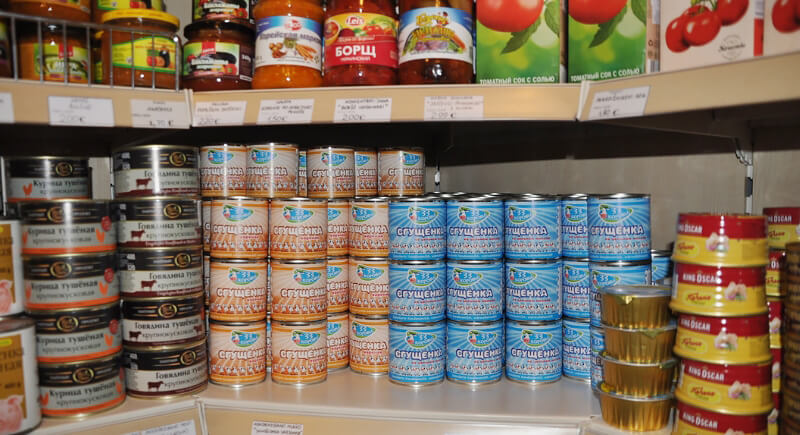
Credit: pixabay
Grandparents treated their pantry like a safety net. Rows of canned beans and dry staples meant a meal could always be pulled together. A well-stocked pantry cut down on emergency grocery runs and made dinner easier during storms, busy weeks, or price spikes at the store.
Reusing Containers
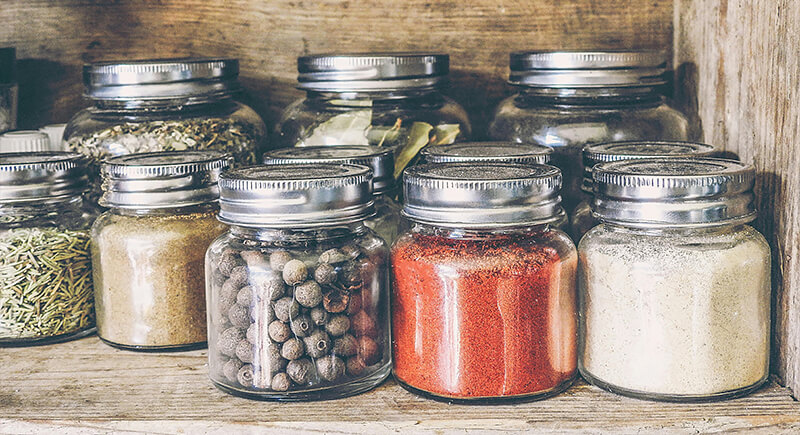
Credit: pexels
Nothing with a good lid ever went to waste. Jars and cans moved from the pantry to the workshop, storing beans, buttons, or dry goods. It was simple and practical. The same habit still works today when a salsa jar holds leftovers or a coffee can keeps rice fresh.
Creative Use Of Leftovers

Credit: pexels
Every bit of food had a purpose. A Sunday roast turned into Monday sandwiches, and vegetable scraps went into a pot of broth. That kind of cooking still pays off today by cutting waste and stretching groceries further. Treating leftovers as ingredients keeps both meals and budgets creative.
Batch Cooking
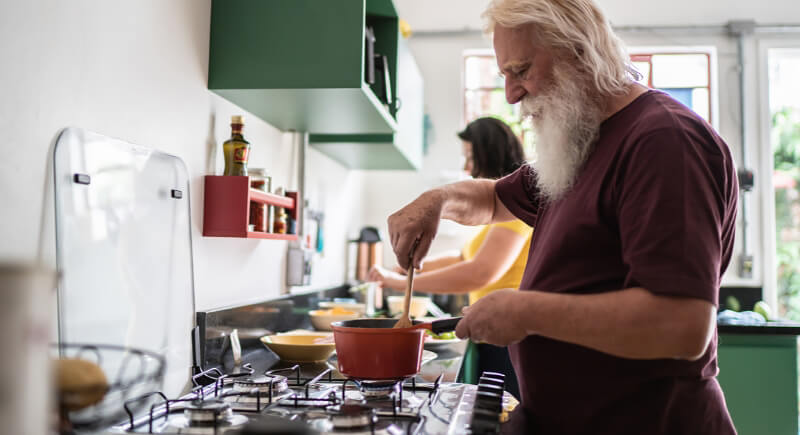
Credit: Getty Images
A big pot on the stove still does more than feed one meal. Cooking in bulk saves time and money, just like it did when families baked several loaves of bread instead of one. Freezers make it easy to portion out soups or casseroles for the week, keeping quick, homemade food within reach when life gets busy.
Hang-Drying Laundry
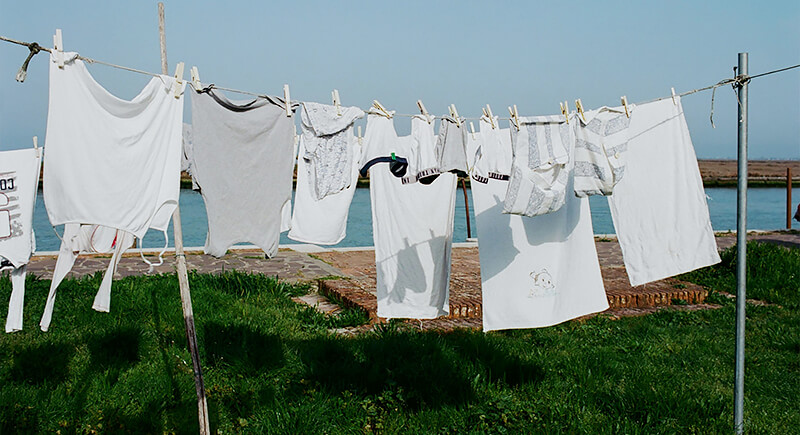
Credit: pexels
Clothes once swayed on backyard lines and over indoor racks. Dryers were a luxury few could afford, and sunlight did the job just fine. The habit kept fabrics strong, saved money, and filled homes with the clean scent of air-dried laundry.
Growing Food At Home
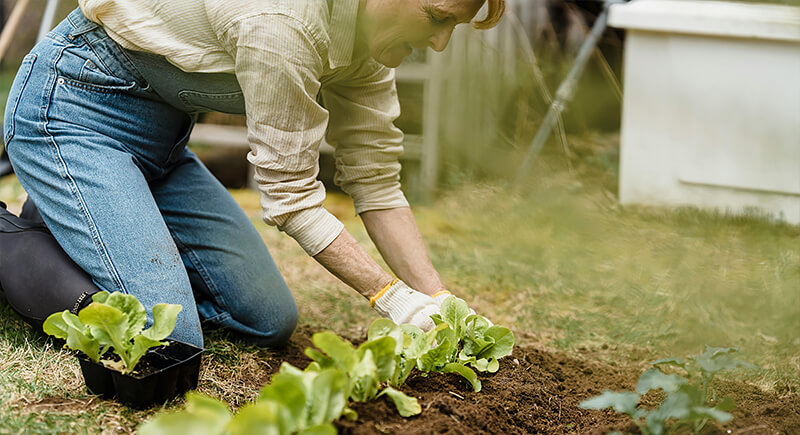
Credit: pexels
Many households grew vegetables, herbs, and fruit whenever possible. Yards became gardens, and even small spaces produced food that reduced grocery costs. Modern gardening doesn’t require acres of land—herbs can thrive in pots, and lettuce grows in shallow containers. Fresh produce at home means fewer trips to the store and tastier meals on the table.
Stretching Household Products
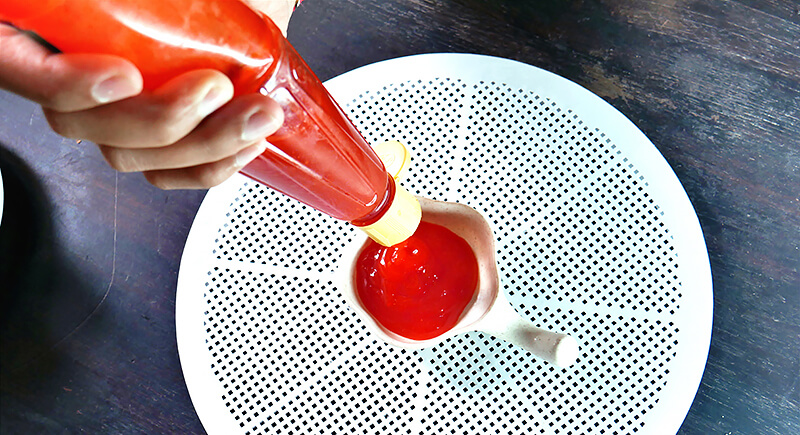
Credit: iStockphoto
Grandparents often found ways to use every last drop. Butter wrappers greased baking pans, nearly empty ketchup bottles were swirled with vinegar to make dressing, and bacon grease flavored meals. These practices reduced waste and stretched purchases further. Doing the same today helps avoid throwing away usable food and keeps small savings adding up over time.
DIY Cleaning Solutions
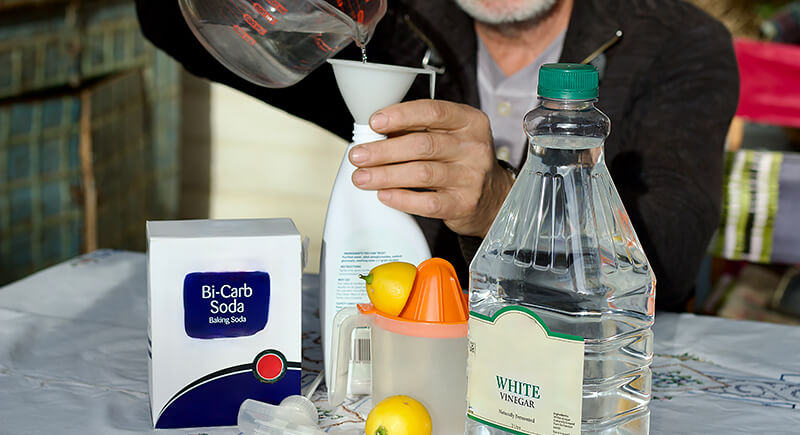
Credit: iStockphoto
Vinegar, baking soda, and lemon juice formed the backbone of many cleaning routines. These inexpensive staples clean effectively without harsh chemicals. A vinegar-and-water spray handles windows, while baking soda scrubs tough surfaces.
Using Cash To Budget

Credit: pexels
Envelopes labeled for groceries or entertainment made spending visible. Handing over actual bills created awareness about limits. Even now, people who switch to cash for discretionary categories often notice they spend less. It brings back a sense of control that swiping a card can make it too easy to ignore.
Hand-Me-Downs And Secondhand Finds
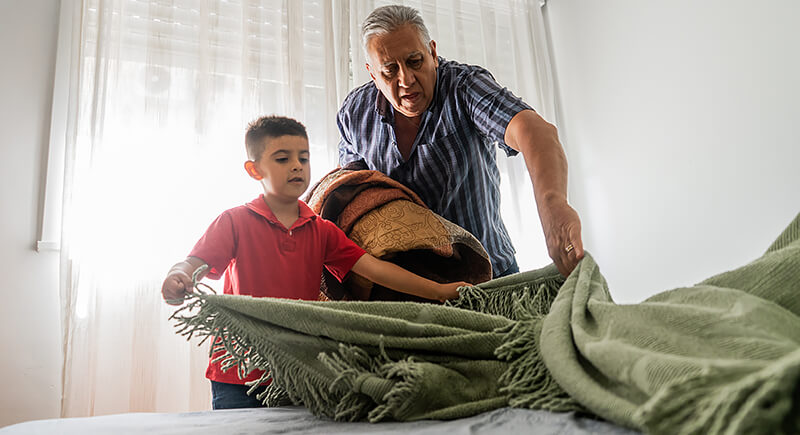
Credit: iStockphoto
Clothing was rarely discarded after one child outgrew it. Garments were passed along or bought secondhand. Furniture and household goods were often inherited or purchased at estate sales. Thrift shopping now provides similar savings and access to higher-quality items at lower prices.
Packing Food For Travel

Credit: iStockphoto
Bringing sandwiches, fruit, and snacks on trips was standard practice. It saved families from expensive roadside meals and guaranteed food they liked. Today, packing food for commutes or vacations not only lowers costs but also avoids unhealthy fast-food stops.
Conserving Heat And Cooling

Credit: pexels
Before programmable thermostats, people relied on sweaters and cross-breezes to manage comfort. Raising the thermostat in winter or blasting the air conditioning in summer wasn’t the first choice. Dressing appropriately and using natural airflow lowered costs. With today’s high energy prices, adopting these small adjustments can keep bills manageable.
Avoiding Debt At All Costs

Credit: Canva
Grandparents were cautious about borrowing money. Many believed debt gave others control over their lives. Purchases were often delayed until enough cash was saved. This approach created financial stability and reduced stress.